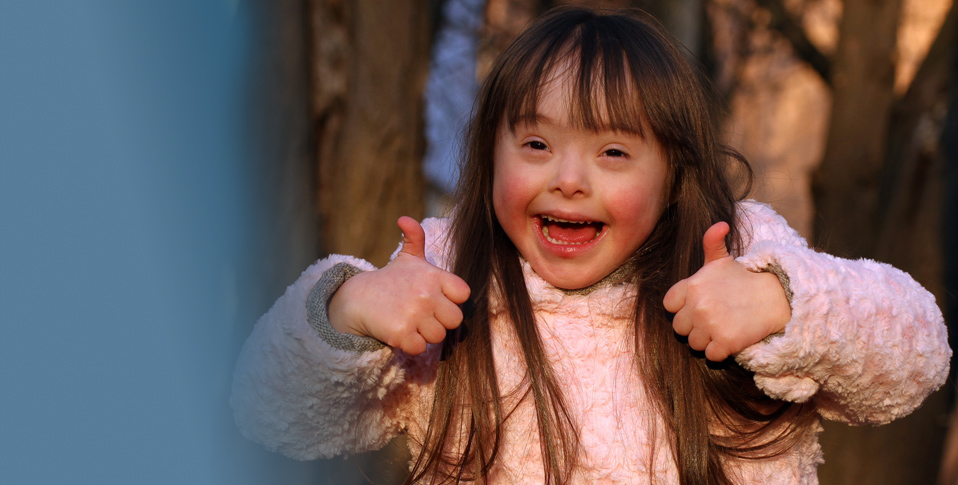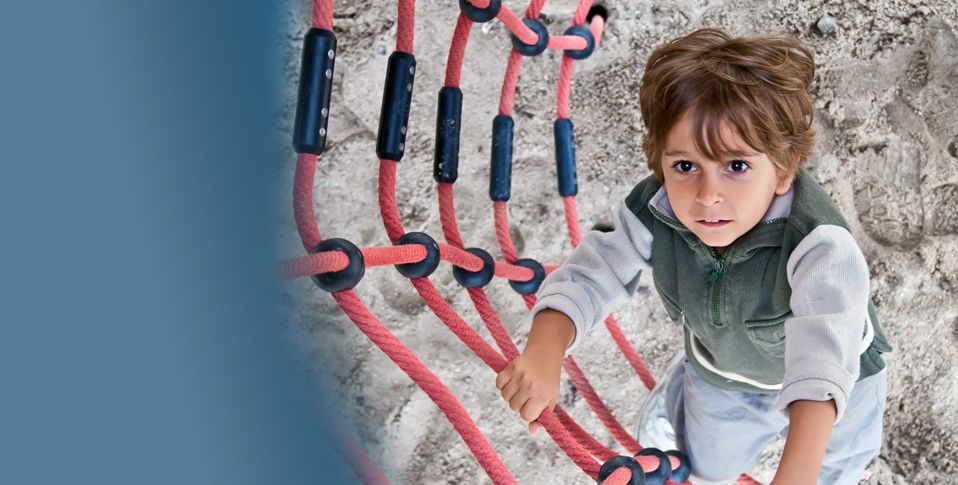Positive Climates
Positive Climates PBIS is a framework for establishing a school-wide social culture with the necessary individualized supports needed for all students to achieve academic and social success! This framework enhances the adoption and implementation of a continuum of evidence-based instruction and interventions to achieve academic and behavioral important outcomes for ALL students.
SWPBIS is about improving classroom and school climate, integrating academic and behavioral initiatives, deceasing reactive management, improving 3-tiered instruction and support for ALL students, and maximizing academic achievement. This requires several cultural shifts in the way education traditionally “does business.”
WHAT DO SCHOOLWIDE POSITIVE CLIMATES LOOK LIKE? |
|
|
Firmly linked to behavioral theory and applied behavioral analysis |
|
|
Focus on prevention through establishment of a continuum of intervention and supports organized within a three-tier logic model |
|
|
An instructional focus which directly teaches social behaviors that increase social and academic success |
|
|
Selection, adoption and use of evidence-or research-based behavioral practices |
|
|
The adoption of a systems perspective when selecting and implementing behavioral interventions |
|
Take the PC-PBIS Survey







